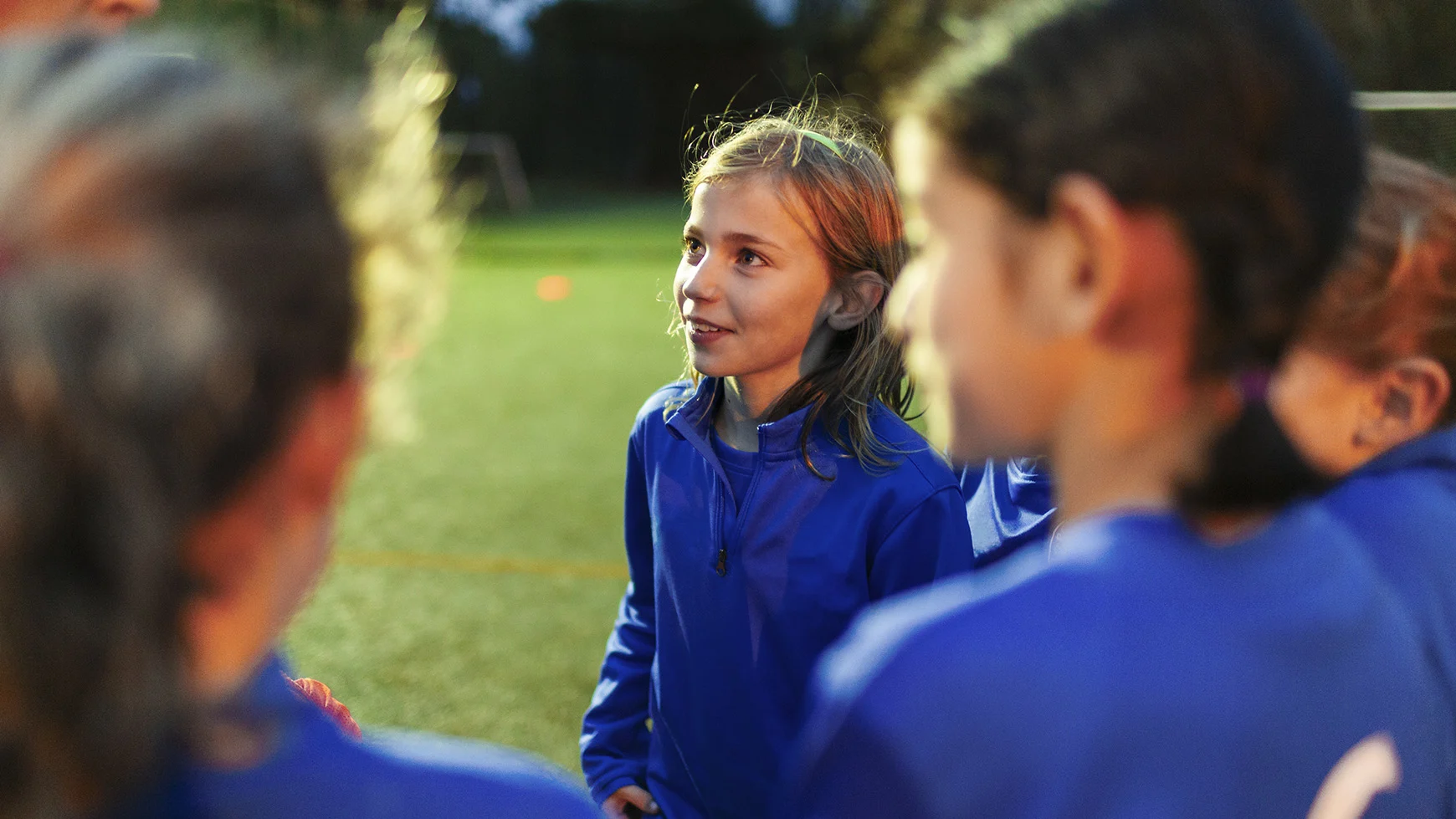Developmental milestones for second and third graders

By the time kids start second and third grade, school isn’t new to them. But the skills they develop in these years are. At this age, kids make leaps in language and in the ways they think. Their social-emotional skills grow, too.
Check out these developmental milestones to get a sense of the skills kids develop as 7- and 8-year-olds.
Physical milestones
At ages 7 and 8, kids work on refining their physical skills. Their fine motor control and stamina may improve. Most second and third graders:
Gain strength in both big and small muscles
Can play and be active for longer periods without getting tired
Use the small muscles in their hands to get better at things like holding a pencil correctly and forming letters accurately
Can run farther and for longer
Ride a bike without training wheels
Develop sports skills like catching a small ball
Tie shoes, button, and do up zippers without help
Coordinate movements to do things like follow a dance routine
May begin to type fairly quickly on a keyboard
Cognitive milestones
At this age, thinking and problem-solving skills are taking off. Kids tend to talk at a more adult level and start to explore specific activities that interest them. Most kids this age:
Look for the reasons behind things and ask questions for more information
Understand cause and effect and make more in-depth connections (for example, know that if 6 + 2 = 8, then 8 ‒ 6 = 2)
Use those connections to do more complex math like multiplication and division
Start planning ahead (for example, create a drawing of something to build or make a plan for an experiment)
Can sit and pay attention to something that interests them for at least 30–45 minutes
Start collecting things
May try out different types of writing, like narratives and opinion papers (“Why I liked this book”)
Use complex sentences and different types of sentences to express ideas clearly
Recognize and know the value of coins
Learn how to do addition and subtraction with regrouping (also known as “borrowing”)
Language milestones
Language development typically continues at a steady pace these two years. Kids start trying out words they’ve read but not heard, so you may hear some mispronunciations. By the end of third grade, most kids:
Understand what they read and begin to move from “learning to read” to “reading to learn”
Learn vocabulary through reading
Use words to talk through problems, both socially and academically
Start playing with words to make puns; understand jokes and riddles
Test out “bad” words for shock value
Use all letter sounds correctly; don’t substitute w for r anymore when speaking
Use writing to express feelings, tell stories, and summarize information
Social and emotional milestones
Second and third grade can be a little rough socially and emotionally. Kids often start narrowing down to a few good friends, but those friendships can change quickly. Most kids are eager to fit in and try out new personalities to see where they fit. By the end of third grade, most kids:
Have moments of extreme insecurity and need a lot of encouragement from family and loved ones
Change often between being helpful and upbeat to being unhelpful and grouchy
Enjoy being part of a team, group, or club
Spend more time with and are easily influenced by peers
Experience periods of dramatic emotion and impatience (feeling that everyone is against them) and then bounce right back to everything being just fine
Start seeing things from other points of view and incorporate that into everyday life
Be somewhat aware of others’ perceptions of them
Want to behave well, but aren’t yet very attentive to directions
Share secrets and jokes with friends
These milestones are typical for this two-year span, but kids develop at their own pace. If you have concerns about development, share them. Parents, teachers, and health care providers can work together to find answers and come up with a plan.
Take a look forward at developmental milestones for fourth and fifth graders.
Key takeaways
By the end of third grade, kids tend to find something they enjoy doing and can pay attention to that activity for nearly an hour, if not longer.
It’s typical for kids this age to be moody one minute and OK the next.
Parents, teachers, and health care providers should work together if there are any developmental concerns.

